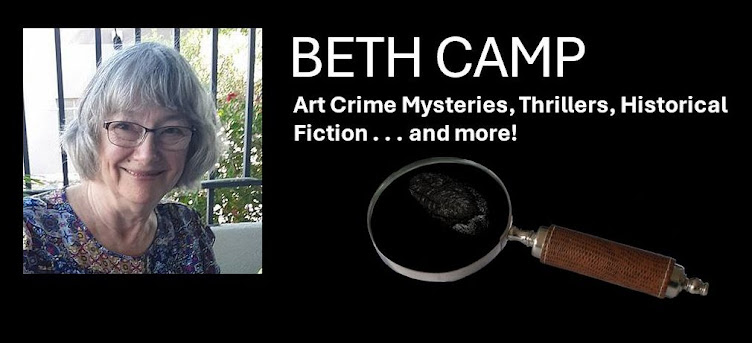That main character is on her personal quest, and we, the readers, are right with her -- facing down dangers and opposition. CONFLICT remains the key to engaging the reader and telling good stories.
And here's my problem. I hate conflict. I've spent most of my life avoiding it, working around it, or plain pretending conflict doesn't exist. But what may work personally doesn't work in fiction.
Our characters are larger than life. They inspire us with their tenacity, courage, and belief. And with their ability to resolve conflict.
Now I know the problem that lies behind my plotting. Let's begin with a definition. What is conflict? When two characters have motivations or goals that are in direct opposition. Do they physically fight? Are both characters good guys, or is one a black-hearted manipulator? Are they playing the short game . . . or the long one?
Conflict can be external (between the main character and others or outside forces) or internal (inside the character, that battle to make the 'right' or 'best' decision).
Chuck Sambuchino, in "5 Ways to Increase Conflict," says we should always ask in every scene, "What would make this worse?"
He reviews common conflict resolution strategies and then says, "turn them upside down." One example: Normally, we don't want to bring others into our arguments. But Sambuchino suggests what if we bring outsiders into the conflict between our characters?
I could say more, but go read his article . . . each point he makes gives me a different slant on what I'm writing and revising this morning. So, I'll leave you with a 'to-do' list, one of my favorite memes, and I shall have a rousing argument before lunch . . . between my two main characters.









